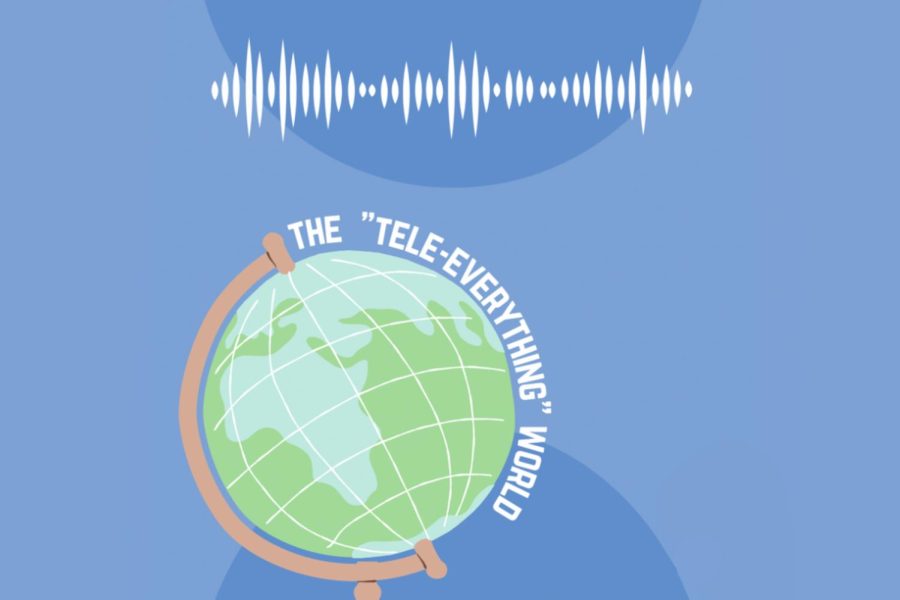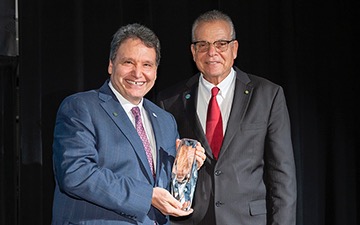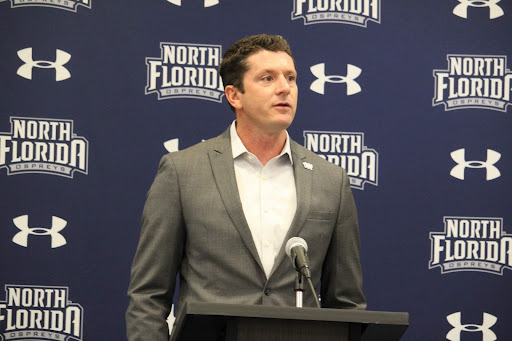Experts from a study claim that the new normal in 2025 will be tech-driven while others believe it will widen economic disparities according to the Pew Research Center.
While experts on the study claim there are some advantages to a “tele-everything” world, there are those who are typically left out in this future. Tele-everything refers to adopting remote processes in everyday life. There is still a population that does not have the financial means for a “tele-everything” life. Lack of access in a tech-driven world could mean not being able to afford the newest technology or being able to pay for the best quality internet plan.
Director of IT Service Management Chris Petrello looks forward to a future in tech that is inclusive.
“One of the things that I hope we could change is digital equity and access,” he said. “There’s an assumption that everyone has a device that can consume or access the things that others are talking about and using, but there’s still a large group of people that don’t have that and are being excluded.”
During the pandemic companies, universities, and other institutions adopted remote and hybrid workplaces. This projected theories for the advancement of technology far more than expected. Bringing home new software and learning how to operate them became significant and increased the demand for information technological (IT) specialists.
According to the U.S. Bureau of Labor Statistics, “Computer occupations are projected to grow by 13.4 percent over the 2020–30 decade, which is 5.7 percentage points faster than the 7.7 percent average for all occupations.”
The U.S. Bureau of Labor Statistics predicts that occupations such as software developers, quality assurance analysts, web developers, and digital interface designers will be growing the fastest, with information security analysts at the top.
UNF Board of Trustees member and cybersecurity expert Nikul Patel explained his own predictions for the future of tech.
“Virtual reality will be really interesting,” he said. “Quantum computing, artificial intelligence, and the metaverse is going to make the world unreal.”

Patel explained how facial recognition, such as filters and traditional Zoom backgrounds, is steering the tech world in the direction of VR. He used the example of graphics in video games, how the light glares on characters’ glasses. Even though it’s all computer-generated, it looks real.
Software engineers focus on the development, design, and maintenance of the application. User interface (UI) and user experience (UX) designers focus on creating the look and functionality of an application. Cybersecurity analysts ensure the safety of users and secure sensitive information. Information technologists (IT) adapt all of these responsibilities while also assisting and repairing issues someone might encounter with their computers.
“There are project managers that make around six figures,” Patel said. “If you are someone who likes to plan tea parties or birthday parties, then you’d be perfect for project management.”
There are several ways to pursue a career in tech. One way is to attend a four-year university majoring in computer science. Another is to take advantage of some college’s six-month-long coding Bootcamp. There are also certification programs by companies like Google’s Coursera and Microsoft’s Leap.
The University of North Florida Division of Continuing Education offers part-time cybersecurity and coding boot camp taught through Fullstack Academy. The program consists of four phases that teach hands-on computing, the offense and defense of security techniques, along with the different types of cybercrime.
UNF’s coding and cybersecurity boot camp applications are due May 31 and classes begin on June 6. If you’re interested in pursuing a career in tech at UNF, visit here.
This not only affects their way of working a job or attending class but how they receive their news, healthcare, ordering a meal at restaurants and even groceries.
Unfortunately, this push for a tech-driven society might leave those with lower to no income behind because of how expensive it is. Finding a solution to economic disparities in tech continues to be a main topic to resolve for researchers.
___
For more information or news tips, or if you see an error in this story or have any compliments or concerns, contact editor@unfspinnaker.com.
















